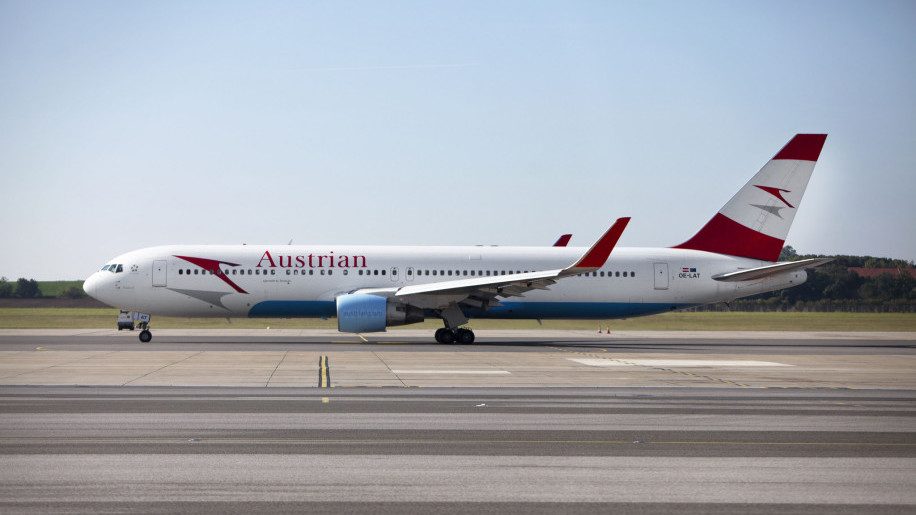
Austrian Airlines’ recently appointed CEO Alexis von Hoensbroech has spoken to German media about the need to invest in the carrier’s ageing fleet.
Von Hoensbroech – who previously oversaw the integration of Austrian Airlines into the Lufthansa Group and more recently occupied the role of CCO and Member of the Executive Board of Lufthansa Cargo AG – told media that:
“At the moment, we do not have any [new] aircraft orders and as a Lufthansa Group member we must be able to invest.”
The meeting in Cape Town (where Austrian had inaugurated service) was reported by Germany’s aero.de, with Von Hoensbroech describing Austrian’s fleet as “partially old”.
The Vienna-based airline has a fleet which, at an average age of 14.4 years, must be one of the oldest in Europe.
The issue is with long-haul rather than short-haul. Not only is the former elderly but it’s up against newer and more attractive products from rivals especially on routes to the Gulf, Asia and Australasia.
Austrian has only two long-haul aircraft types: its six B767s are on average 23 years old, its six B777-200s are 18 years old.
Rival Thai Airways recently launched a Bangkok-Vienna service with newish B787s, while both Taiwan’s Eva Air and CAL operate non-stop services to Taipei, with the latter operating A350s.
Meanwhile Japan’s ANA will inaugurate a Vienna-Tokyo service in 2019.
And following a “one-off” a few years ago, Emirates now operates a twice daily service into Vienna with one flight operated by A380 equipment.
Then there’s Qatar Airways’ twice daily service with A350 and A320 aircraft.
What I must stress is that all the above are sixth-freedom carriers. So Thai is not solely flying to Bangkok and neither is Qatar Airways to Doha. Both are taking travellers throughout their networks.
So it’s little wonder Austrian has been slimming its Gulf and Asian services – although to be fair Austrian did restart services to Tokyo last May.
Such competition heading East means that Austrian is unable to charge a premium. This is in contrast to fellow Group member Swiss which commands a better yield thanks to its newer products.
Aero.de says that Austrian’s return on investment is four per cent, which is half the level earned by other Lufthansa Group members.
“This margin of return makes it difficult to attract investment,” says von Hoensbroech.
At the end of the day Austrian will surely have to invest in newer aircraft. Otherwise it will simply end up as a regional airline feeding the Lufthansa Group’s hubs at Zurich, Munich and Frankfurt.












